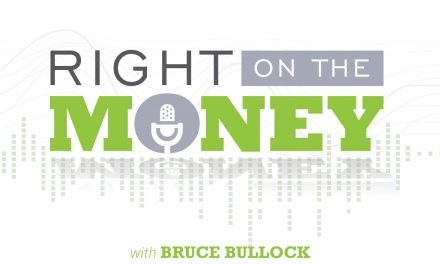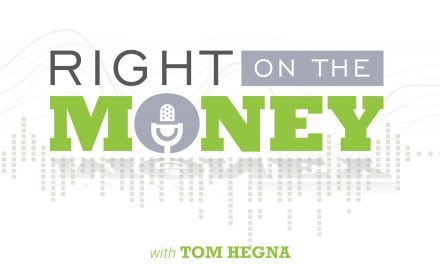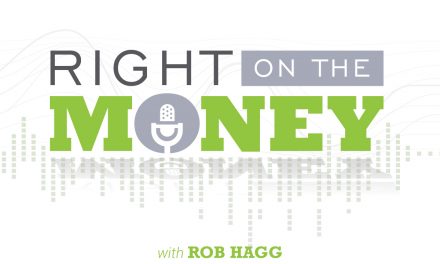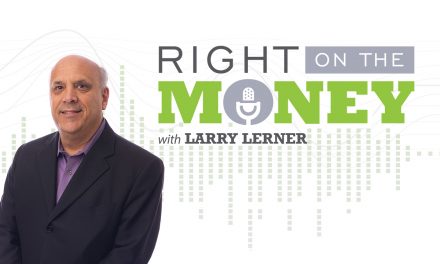Cash-Value Life Insurance Offers Multiple Crediting Methods
Cash-value life insurance has been a supplemental retirement resource and complement to qualified plans for decades. It was used to augment retirement income, so it was looked upon as a secondary-support product. But now, in some planning circles, cash-value life insurance has taken the post-position in the competitive race as a tax-advantaged resource for retirement.
First some important caveats: Tax-free policy loans from cash-value life insurance are significant advantages as products, but only if the contract is designed to comply with the TAMRA regulations that allow tax-free policy loans. In addition, the contract must be kept in force for the life of the policy insured. So it’s not a long-term strategy—it’s a lifetime strategy. Watch the interview with retirement consultant Bruce Bullock as he discusses tax-free options for retirement.
There are four basic types of cash-value life insurance: participating whole life, universal life, indexed universal life and variable universal life. Each type has its own crediting method, so you need to determine your risk tolerance before selecting the crediting method used in any of these contracts to ensure it suits your financial goals. There are several risk tolerance tests available online, and although they may not be scientific tests, they can reveal a bit of your psychological profile.
Participating Whole Life offers policy owners an annual interest-crediting method combined with the return of unused premium under current company practice. The base policy is a guaranteed premium with guaranteed cash values. It can be a very competitive alternative to bonds and suitable for conservative savers.
Universal Life offers policy owners an annual interest-rate-crediting method with the current cost of insurance and a contractual guaranteed interest rate and cost of insurance. With the low interest rate environment of the last decade, universal life has fallen out of favor as a cash-value option.
Indexed Universal Life offers policy owners domestic and foreign indices that generate interest credited to the savings portion of the account, which can never credit less than zero. But keep in mind there are policy expenses to pay on the debit side of the contract, so you could lose money in a zero-crediting year.
Variable Universal Life offers access to the market of equities and bonds through sub-accounts for suitable investors who understand market risk and have other liquidity resources during volatile times. High-tax-bracket investors who are seeking tax advantages may be want to consider this product line.
Cash-value life insurance accumulates tax deferred and can generate tax-free distributions via collateralized policy loans as long as the contract is kept in force for the life of policy insured.
In general terms, the policy insured should be the family member with the lowest cost of insurance based on their gender and health classification. In most scenarios, the design of the contract purchases the least amount of insurance as a non-modified endowment contract under TAMRA to maximize the cash accumulation and distributions of policy loans. There are loan costs to be aware of in the final analysis when selecting the right contract. At the very least, cash-value life insurance can be a tactical product to support a strategic goal in retirement and as a stand-alone strategy for tax-free income.
Syndicated financial columnist Steve Savant interviews retirement consultant Bruce Bullock creating a tax advantaged retirement. Right on the Money is a weekly financial talk show for consumers, distributed as video press releases to 280 media outlets nationwide.





